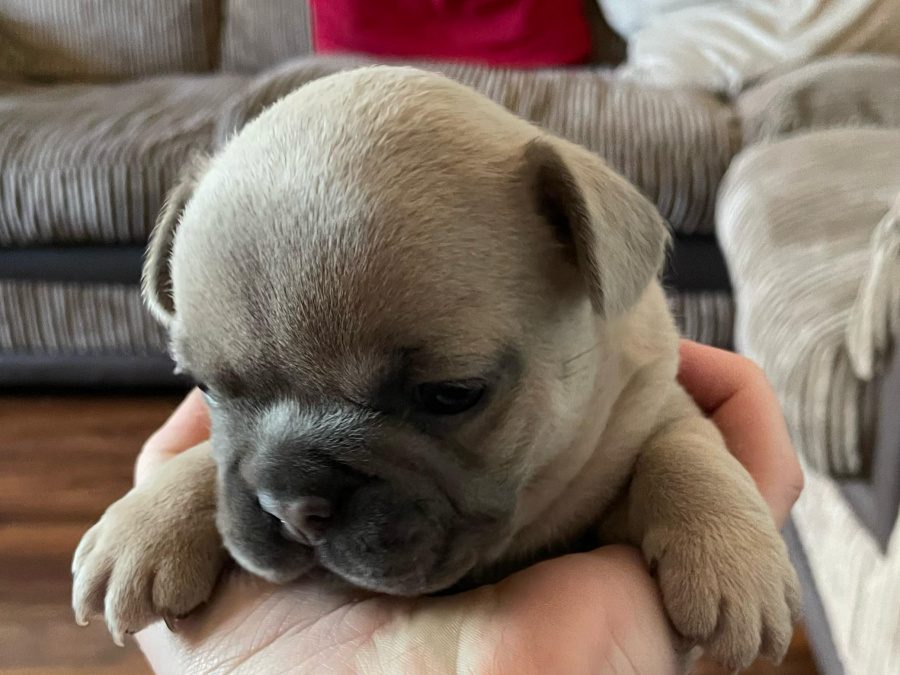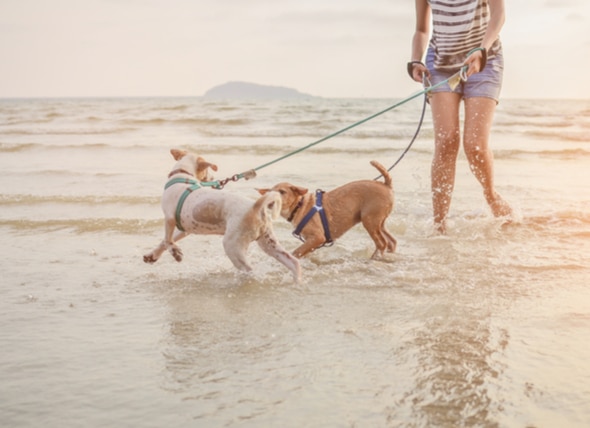
How Dog Water Fountains Keep Dogs Hydrated
If you were out today, you would feel the heat. Yes! Summer is here, and as for all pet lovers out there, we understand that our dogs are even hotter than we are.
Having access to water is essential if your dog loves playing outdoors, and there are a ton of alternatives out there to keep your pet cool in the summer sun.
Even if your dog is an introvert spending hours indoors, her thirst for water grows naturally as well as yours. A perfect way to keep your canine hydrated and comfy is with dog water fountain.
Table of Contents
How Much Water Does your Dog need?
Keep track of how much has gone as often as you refill. No matter how much they drink regularly, they will take much more in a warmer climate as they are more prone to dehydration.
Body sweat in their paw pads contributes a lot to the fluid loss for both cats and dogs, and panting; dogs lose a lot more water.
Benefits of Dog Water Fountains
It Provides Clean and Fresh Water
Many dog water fountains have a charcoal filter for a clean water supply eliminating impurities from the water. The filters are long-lasting and replaceable, meaning you can be assured that your pet’s water will always be clean.
It is Easy to Maintain
There’s no need to refill the water bowl many times a day as water fountains have a tank located below or behind the main bowl. You can go about your daily routine so long as the tank has enough water to flow from time to time into the water bowl.
It is Perfect for Pet Parents with Multiple fur Babies
Pet lovers having many pets will find this helpful. You no longer have to deal with the mess of having several water bowls around the house. A carbon-filtered fountain eliminates your worries and keeps your dogs happy as they have their endless fill.
It Ensures your Pet Stays Hydrated
Many water fountains designs form a whirlpool of water; this activity appeals to pets and trills them to drink more.
How to keep your Dog hydrated and Healthy at all Times
The following signs are associated with dehydration in dogs;
- Vomiting and diarrhea
- Energy loss
- Prolonged and constant panting
- Loss of appetite
- Sunken dry eyes
- dry and oily gums
- Inelastic skin
Another safe way to confirm dehydration in dogs is to mildly pinch up some of their skin around the shoulder blades. The skin will automatically snap back into form if your pet is well hydrated. If not, you will notice a ‘tent-like’ structure that will be retained and take longer to go back into shape. Contact your vet promptly if you believe that your pet is seriously dehydrated.
You can practice one or more of the following to avoid dehydration:
- Have a water supply everywhere your pet is. When you leave your pet at home alone, make it a habit to leave some water for them. It’s important for you to always have water on hand for yourself and your pet, even when on a quick 30-minute walks around the park. When you’re running errands or on a road trip with your pet, make sure you have water in the car as well.
- Cut down on physical exercise and excessive heat exposure. For the hot summer seasons, this is very relevant. The everyday physical exercise your pet needs each day depends on their age. Still, dehydration can be triggered more easily over-exposure to the sun or heat, as perspiration increases. It is important to have water accessible while you’re outdoors, but decreasing physical exercise will also help avoid dehydration. The cooler periods of the day are a better time to partake in training with your pet to keep them as well as yourself out of the sun.
- You should also consider adding more wet food to your pet’s diet. Wet food can help to improve the daily water intake of your pet, so add more wet food into the diet of your pet. To see which ones cater to the tastes of your pet, try various brands. If wet food doesn’t work, you should add dry food to a reasonable amount of water to give your fuzzy pet more water when consuming their food.


